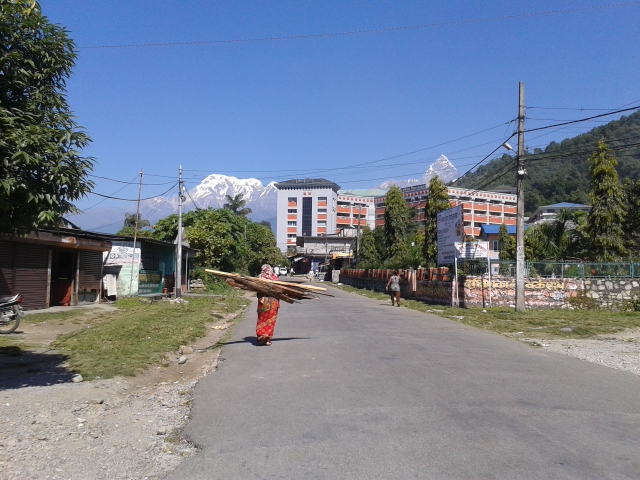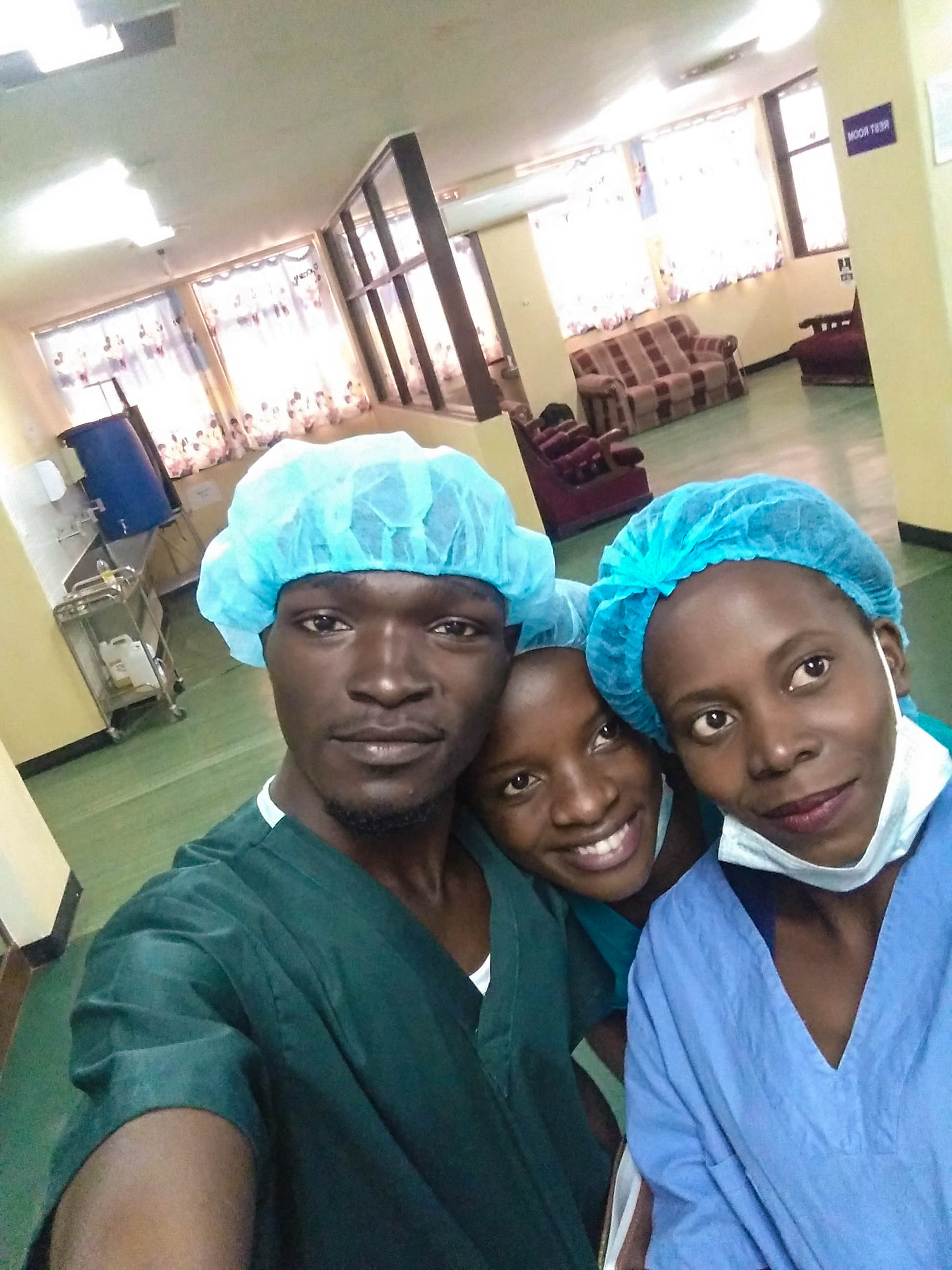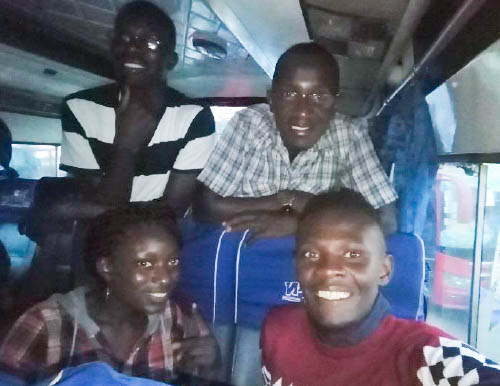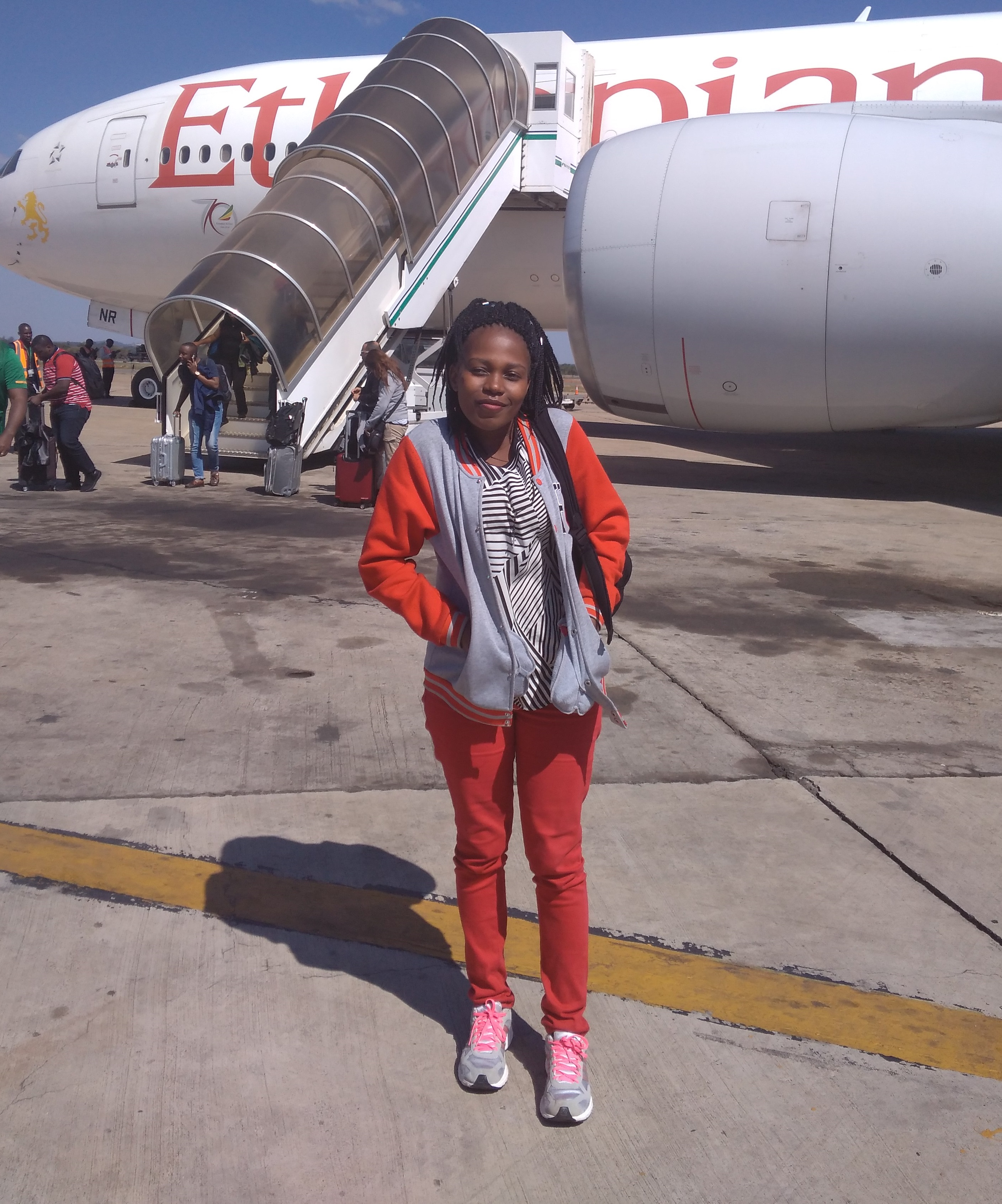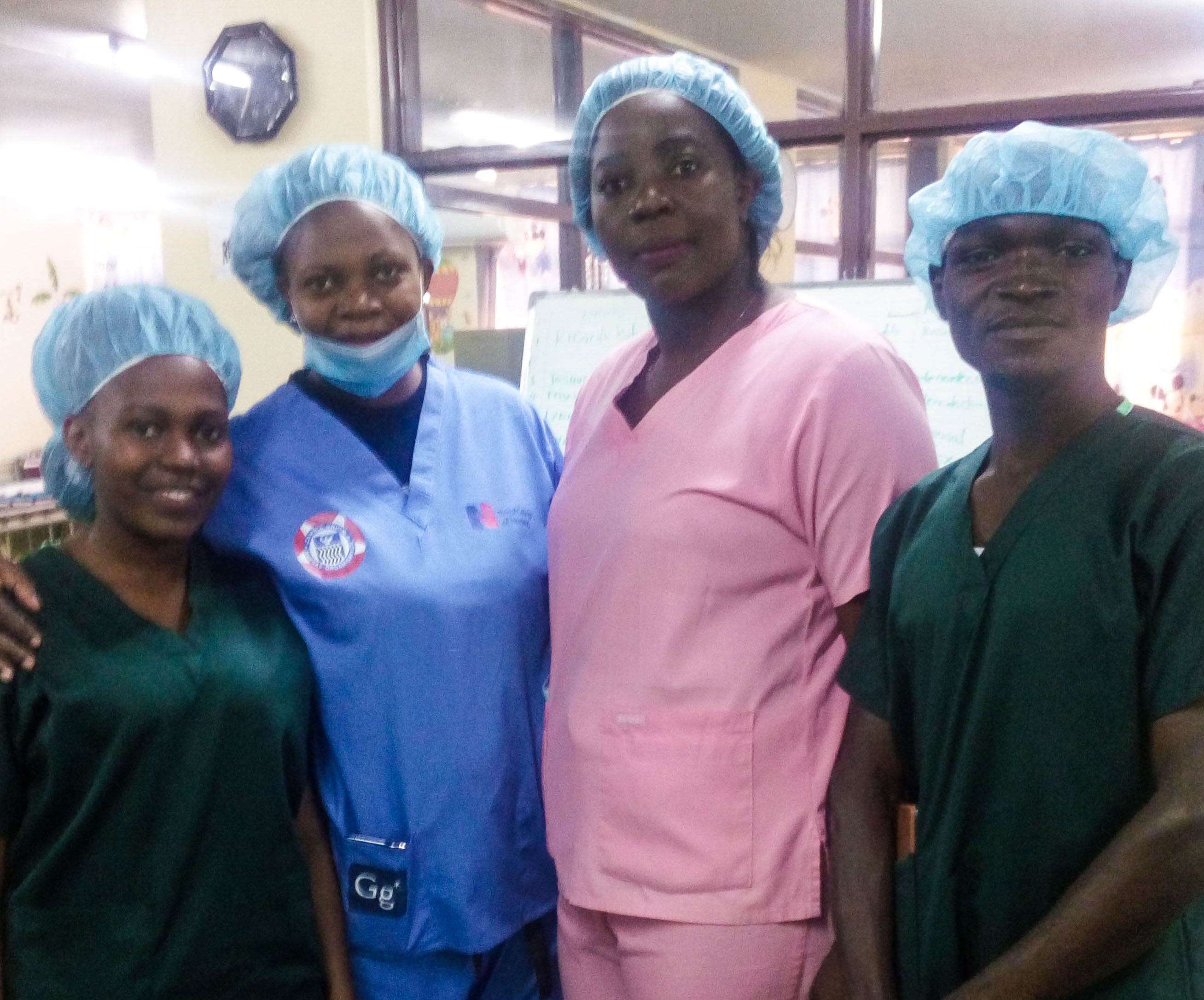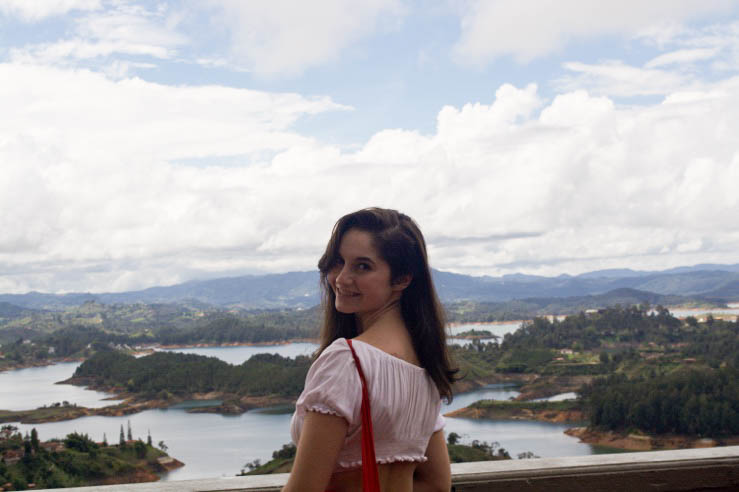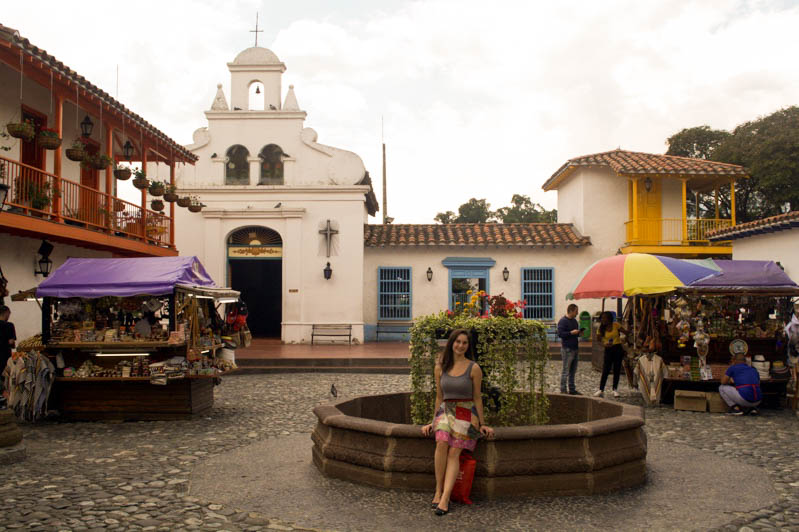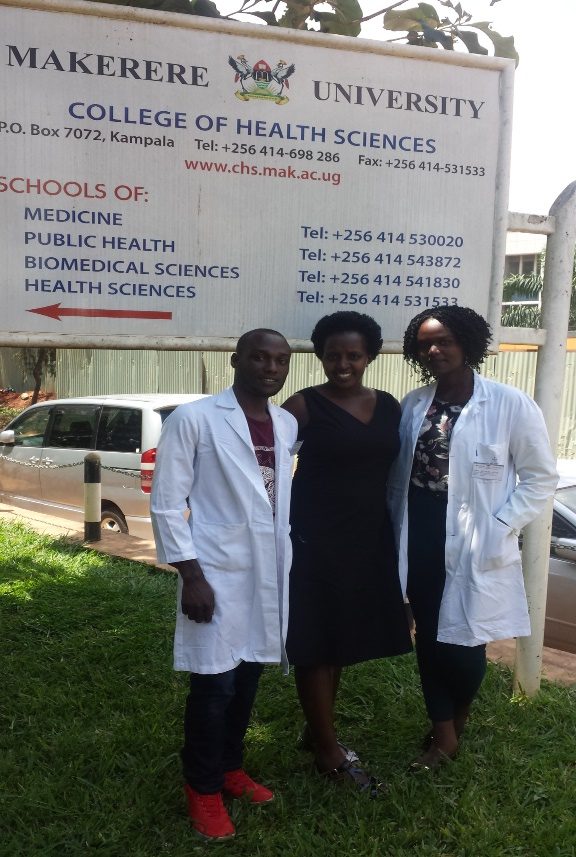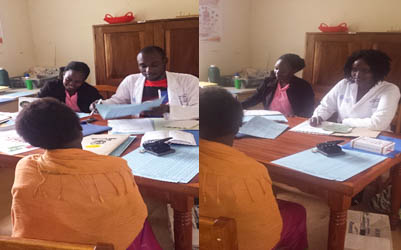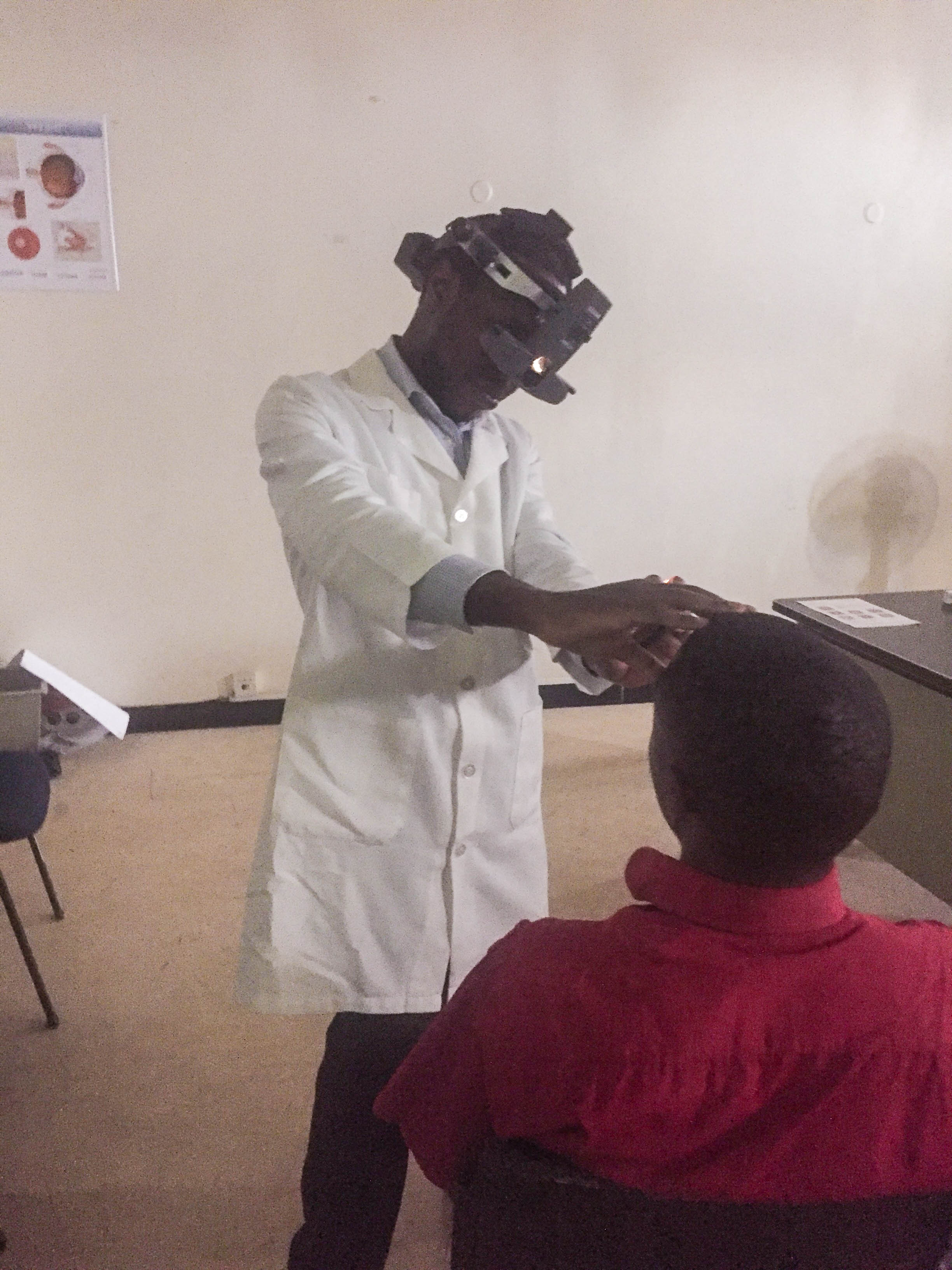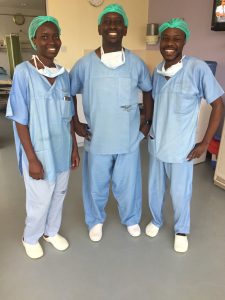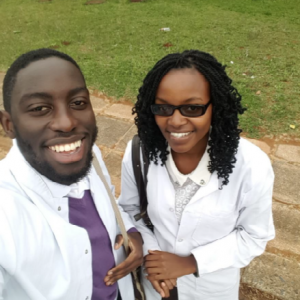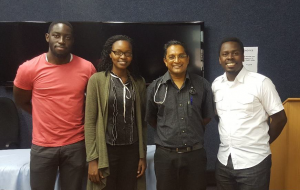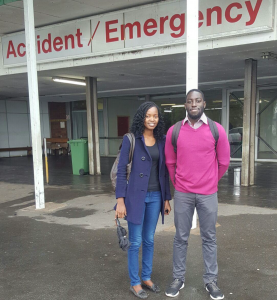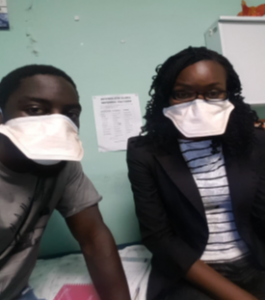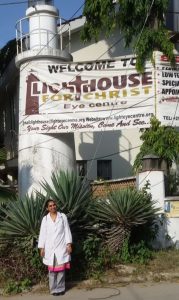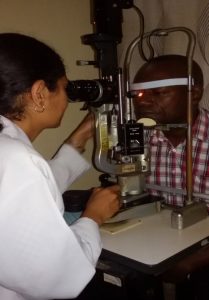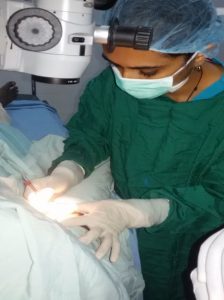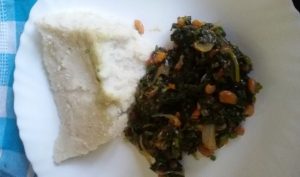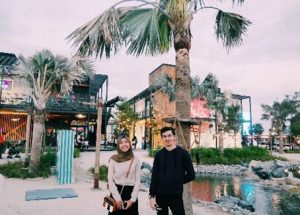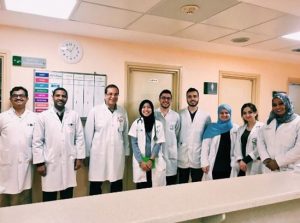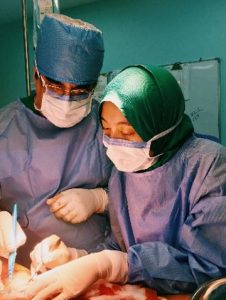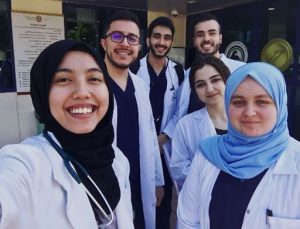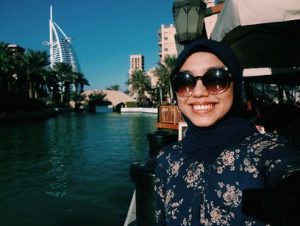Post by Fuensanta Guerrero del Cueto, Student Ambassador at Universidad Nacional Autónoma de México (UNAM) guest speaker at the Manipal Teaching Hospital in Pokhara, Nepal.
I believe in the importance of understanding and embracing diversity as a fundamental part of the medical profession.
When I was elected to be a Student Ambassador at UNAM, my main aim was to share my love for medicine, education and cultural exchange with fellow students who would later become my colleagues. If we can see ourselves in our patients, their families, other students, and doctors, no matter how different they may seem at the beginning, empathy will drive us to provide the best care that we can. An international experience is a great element to encourage it, and this is what I tried to transmit at the Leadership in Medicine lecture on 17 November 2016 during CICOM.
I was invited as a guest speaker to share my GEMx exchange experience at Manipal Teaching Hospital in Pokhara, Nepal in 2015. I was very excited until I knew that it would take place at the main auditorium of my school, which has room for 965 people, in front of all the UNAM and visiting students that were present at the contest. This certainly posed a challenge, since as a teaching assistant I had only given lectures to 40 or 50 students maximum. I felt that this great audience deserved to hear not only my story, but those of all UNAM students who had gone to Nepal before me, so I decided to compile pictures and quotes to show them why this elective had changed all our lives.
I told them that I had chosen Nepal because there was no place further away from Mexico that I could have traveled to (it is almost our geographical antipode). However, this turned out to be even more challenging because I arrived right after the 2015 earthquake and during a fuel crisis period. What shocked me at first was the difficulty to communicate with patients whose language I did not speak or understand. However, language barriers encouraged my reflection, since they are always present, not only with Nepali but even with Mexican indigenous languages or when caring for people without formal education.
Additionally, the importance of traditions and family structure is shared between my country and Nepal, and this is something that must not be overlooked by the medical professionals. Lastly, the strength of our people to “do more with less,” overcoming hardships and getting the best out of what they have is one of the most admirable qualities that we share with Nepal.
Community Medicine elective allowed me to approach marginalized populations in Tibetan refugee camps or in the mountains, where medical attention is difficult to access. The similarities between this country and my own were very meaningful for me. I became more aware of social and environmental determinants of health, and how patient education and empowerment are fundamental in these settings. This supported my decision to choose Global health and One health pathways for my medical career.
The opportunity to tell my story and try to inspire others was one of the best experiences as a member of the Student Ambassador Network, which I tried to continue during my outreach activities. I believe that medical students who dare to go out of their comfort zone will discover that “the others” are very similar to themselves. We need to become less isolated from one another in an increasingly globalized world where developmental and health challenges transcend national boundaries.



